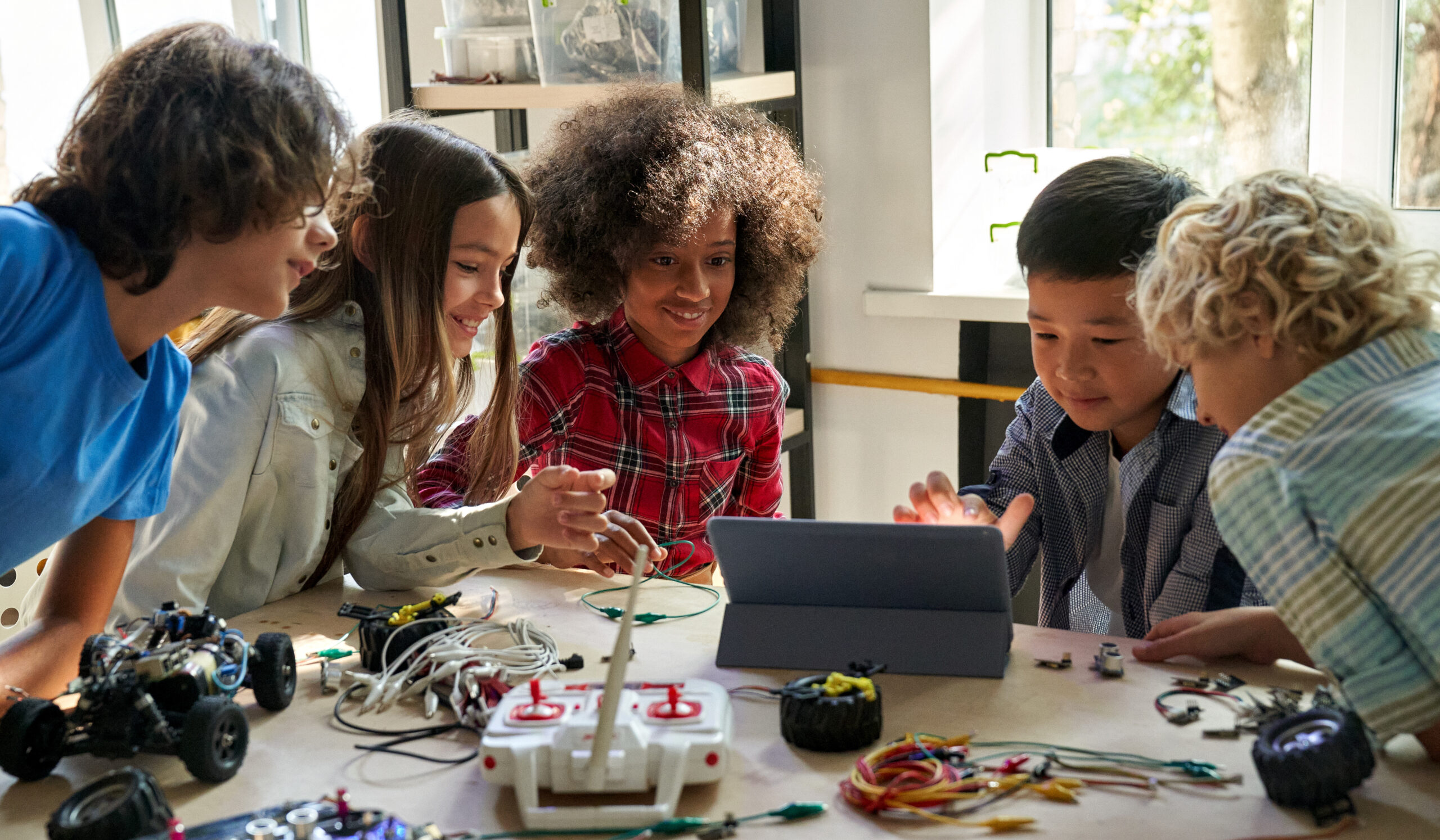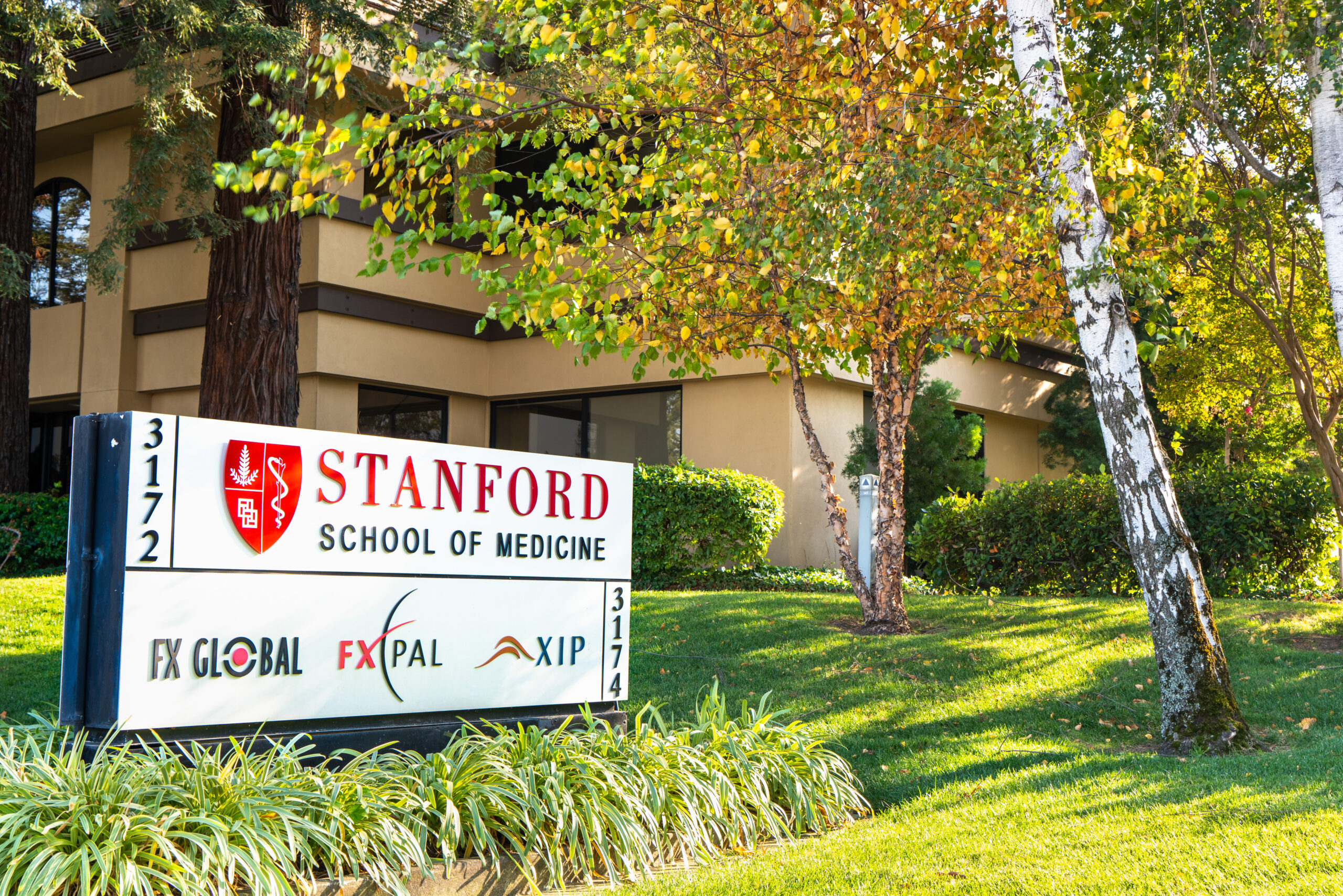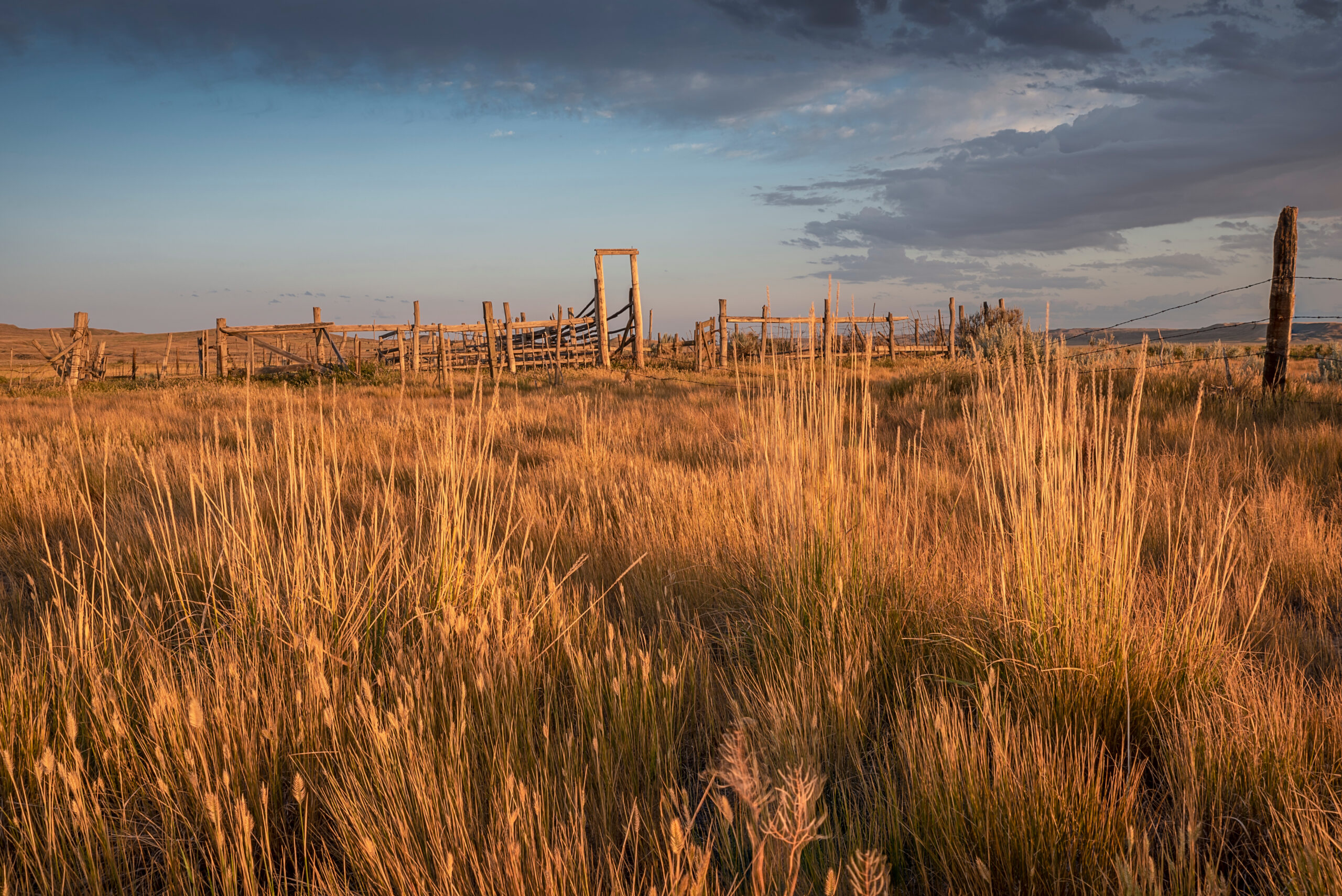You’ve probably been hearing a lot about Quick Response Force, which covers gaps in emergency medicine coverage on Indigenous lands. Today you’ll meet none other than the mastermind behind the project – physician assistant Art Sakakihara-Chavarria, MS-APA, PA-C (Mescalero Apache.)
So Art, we need to know everything about you. Let’s start with the basics. Where are you from?
I was born and raised east of Los Angeles in the barrios of San Bernardino, CA. I grew up in a household and community suffering from the same consequences found throughout Native lands – death, alcoholism, gang violence, poverty, health disparities, drug use, government assistance and often times hopelessness. That is where I come from: people of disadvantaged circumstances.
Is that where your career started?
Yes, well, kind of. Much like most of my friends and family, I got into a bit of trouble back when I was a kid and sentenced to participate in a youth development program with the YMCA. I eventually found myself working for the YMCA and moved into management. Shortly after starting my new management career, I was headhunted and hired at Boys and Girls Club of Honolulu on the island of Oahu, Hawaii. That was my first clubhouse.
A year later, I was recruited to organize and manage the Boys & Girls Club Teen Center for the Department of the Airforce at Hickham Air Force Base Pacific Air Fleet Command Station. Shortly after I moved back to the mainland to work at a few other club houses.
In Long Beach, California, my Boys & Girls Club career skyrocketed. As the Area Director, I was able to see immediate impact and dynamic changes in the communities I worked in. Working in these familiar streets helped me make it my lifelong mission to serve disadvantaged communities.

So how did this lead to working in Indigenous healthcare?
I was called back to Hawaii, where I developed this dream to become a physician. That pathway slowly developed with some great people at Western University School of Medicine, Charles Drew School of Medicine, and Howard University. They gave me great advice – the building blocks I needed to become a physician.
The week I started at Charles Drew School of Medicine I found out I was chosen for an interview at Stanford University School of Medicine Primary Care Associate Program. It was then I had to make the hard choice of continuing on to become an MD or take a more rapid approach to my career and become a Physician Assistant.
In 2009, I graduated from Stanford School of Medicine Primary Care Associate Program (PCAP) program. I was President of my class and I participated in the Stanford University Graduate Student Native fraternity – we called it the Native House.
Wow, that must have been a big change. What was that experience like?
Well, I was at Stanford alone, with my wife and kids in Southern California. The Native House was a place where First Nation students could feel at home, where you can feel part of a local community. There I had this safety net of people who made efforts to find us in school and give us a communal home and network of other Tribal brothers and sisters so we didn’t get lonely – so we didn’t give up.
PA school, medical school, is tough enough, but when you add academic stress, loneliness and unfamiliarity, you start to develop a lot of self-doubt: these people don’t look like me or talk like me, they don’t know where I’m from, they’re going to judge my words, my actions, my humor. This is an elite school. How am I going to make it?
I wasn’t fully prepared for that dynamic life change. I knew I wanted this, but it was hard to adjust to my new academic life and surroundings.

The staff at the Native House kept me and a lot of other Native Students from wanting to quit and run back to our native lands. The House served First Nation Students that were Alaskan Natives, American Indian and Hawaiians.
Being part of that house put me on this path – this quest to serve Indigenous and rural communities. I believe that all Native people have some degree of spirituality and sometimes things happen in a way we don’t see or recognize, they come to you in different ways. I would love to say that I was prepared for this new career and knew where I was going, but I would be lying.
Whether things happen for a reason, I don’t know. Coming from that Stanford program, you’d think I would have found work quickly, But I didn’t. I even did an EM fellowship and after completion, I still couldn’t find any quality work.
Newly graduated with bills to pay, I was down and out and worried. As I mentioned, things happen in life for reasons that you may not immediately recognize and what happened next brought me closer to my traditional spiritual beliefs. I received a call from the Stanford Native House asking if I found a job. When I said no, they said, “Have you heard of Indian Health Services?” So I called them and within a week, they were processing me through credentialing at the Cheyenne River Sioux Service unit in Eagle Butte, South Dakota.
Up to that time in my life, participating in ceremonial events and being part of Native culture was missing. Taking that job brought me closer to traditional ways. My experience in South Dakota was so empowering. It was filled with nothing but love and kindness – something I never got in other locations of my career. I became part of that community and was adopted (Lakota Hunka Ceremony) into a “Mnicoujou” family through ceremony by the Donna Rae and James “Jim” Petersen family.

It sounds like a homecoming.
That first job got me started and paid my bills and I fell in love with IHS. But not so much with contracting. My experience with staffing and locums companies was hit or miss. I spent the first few years working as a contractor and then I moved into a fulltime IHS position. Those early years taught me so much about Emergency Department management, Quality Assurance, Performance Improvement programs and more importantly CMS Corrective Action Plans. It sparked my interest in IHS management. I was engaged with IHS, I even did the loan repayment program.
In 2014, I left my Sioux San IHS Emergency Department and moved back to Hawaii with the family. I thought that was the end of my IHS career and it was time to stay local. But once again, blessings happen and 4 weeks later, another staffing company said “we know that you just left IHS, but we need your help at Rosebud IHS.”
I reluctantly agreed to only doing a 3-month deployment… It turned into nearly 3 years. It reinvigorated me, the freedom, the travel, the cultural balance and the opportunity to continue with what was quickly becoming my calling.
And then COVID took it all away. It became too difficult to fly in and out of Hawaii, so I quit IHS contracting, but continued to service the Native Hawaiian and residence of Waianae, HI at Waianae Coast Comprehensive Health Center Emergency Department.

